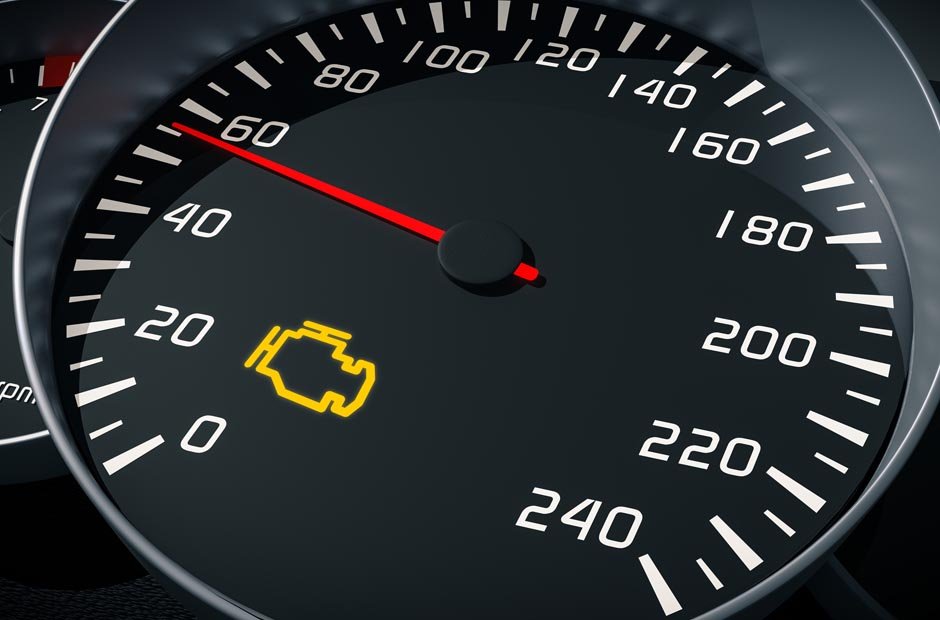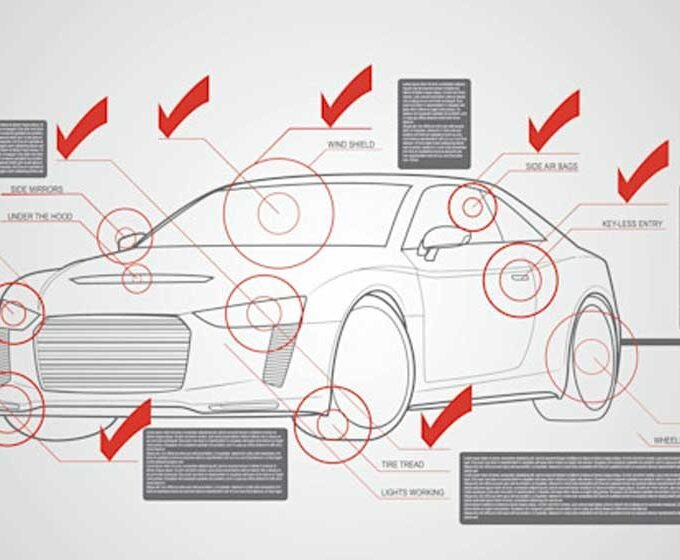When the Regen light shines, it acts as an important warning sign of potential problems with the vehicle’s pollution control system. Understanding how to respond when presented with this notice is critical for preserving the vehicle’s performance and compliance with environmental regulations. What to do when Regen light comes on?
In this article, we will look at what to do if the Regen light comes on. We’ll look into the underlying causes of the notice to help you discover any problems. In addition, we will provide helpful hints for manual regeneration in order to restore the DPF’s ideal operation. Drivers may ensure a safe and efficient driving experience by following these tips.
What Are The Reasons Regen Light Comes On?
According to The Auto Insider, the main reason is that DPF is dirty. When the Diesel Particulate Filter (DPF) needs cleaning or regeneration, the Regen light on the dashboard illuminates. The DPF is an important aspect of the vehicle’s pollution control system, designed to trap and eliminate hazardous particulate matter from exhaust fumes. The trapped particles collect in the filter over time, reducing its efficiency and performance.
The Regen light can illuminate for a variety of causes, including:
Accumulation of Soot
The primary reason for DPF regeneration is soot or particulate matter buildup in the filter. This is a normal byproduct of diesel engine running.
Short Journeys
Because you don’t have enough time to travel at highway speeds on numerous short journeys, the DPF may not achieve the required temperature for passive regeneration. As a result, active regeneration occurs more frequently.
Low Fuel Quality
Inadequate or tainted diesel fuel can cause incomplete combustion and increased soot formation, hastening DPF clogging.
Sensor Errors
Malfunctioning temperature or pressure sensors might cause the Regen indicator to illuminate wrongly, indicating the need for regeneration even when it is not required.
Faulty DPF System
DPF system issues might impede the effective operation of regeneration operations.
High Mileage
As a vehicle’s mileage increases, the DPF may require more frequent regeneration to remain effective.
Driving Habits
Driving aggressively or continuously at low speeds might impair the DPF’s capacity to regenerate properly.
What To Do When Regen Light Comes On?
When your vehicle’s Regen light illuminates, it is critical that you solve the problem as soon as possible. We provide a complete and practical method for resolving the Regen light coming on below:
Verify the Warning
First, make sure the Regen light is signaling a DPF problem. Some automobiles may exhibit similar warning lights for various issues. To comprehend the precise warning, it is necessary to study the vehicle’s manual.
Complete the Regeneration Process
If the Regen indicator illuminates while driving, an active regeneration process is underway. Continue driving at a constant speed on a highway or open road for at least 20-30 minutes to complete this process. This enables the exhaust gases to reach the temperature required for regeneration. Avoid frequent stops at this time because they can disrupt the process.
Change Driving Habits
Consider changing your driving behavior to avoid frequent Regen lights. Avoid short trips that do not allow the engine to reach the required temperature for passive regeneration if at all possible. Instead, take longer trips on occasion to allow the DPF to self-clean without initiating active regeneration.
Use High-Quality Diesel Fuel
To limit the danger of fuel-related concerns, choose high-quality diesel fuel from trustworthy providers. Furthermore, it improves combustion efficiency, resulting in less soot formation.
Check for Faulty Sensors
If the Regen indicator remains illuminated after the regeneration process has been completed, have the vehicle evaluated by a trained mechanic. Faulty temperature or pressure sensors can cause the warning light to illuminate incorrectly. Resolving sensor faults can save you money on DPF regeneration.
Inspect the DPF System
Check that the DPF system components are working properly. Clogged or broken DPF channels can obstruct regeneration and may necessitate professional cleaning or replacement.
Keep up with Regular Maintenance
Follow your vehicle’s manufacturer’s recommended maintenance regimen. Regular maintenance can help prevent problems and keep the emission control system in good working order.
Use DPF Cleaning Additives
Some diesel additives are intended to help with DPF cleaning. These chemicals can aid in the prevention of excessive soot buildup and the effectiveness of regeneration. However, before using, consult your vehicle’s owner’s handbook or a specialist.
Consider Manual Regeneration
The Regen light may persist in rare circumstances even after performing active regeneration. In such cases, certain cars allow manual regeneration through the use of specific procedures indicated in the owner’s manual. Make sure you carefully follow the directions.
Seek Professional Assistance
If you’re not sure what’s causing the Regen light to illuminate, take your vehicle to a mechanic or authorized service shop. They can precisely diagnose the problem and execute any necessary repairs or upkeep.
Final Thoughts
Responding to the Regen light quickly and effectively is critical for preserving your vehicle’s performance and reducing harmful emissions. Adopting improved driving skills and utilizing high-quality fuel are both realistic ways to reduce the frequency of occurrences. Maintenance on a regular basis, sensor checks, and requesting professional assistance as needed. This helps to keep the emission control system in good working order, providing a better environment and a hassle-free driving experience.
















